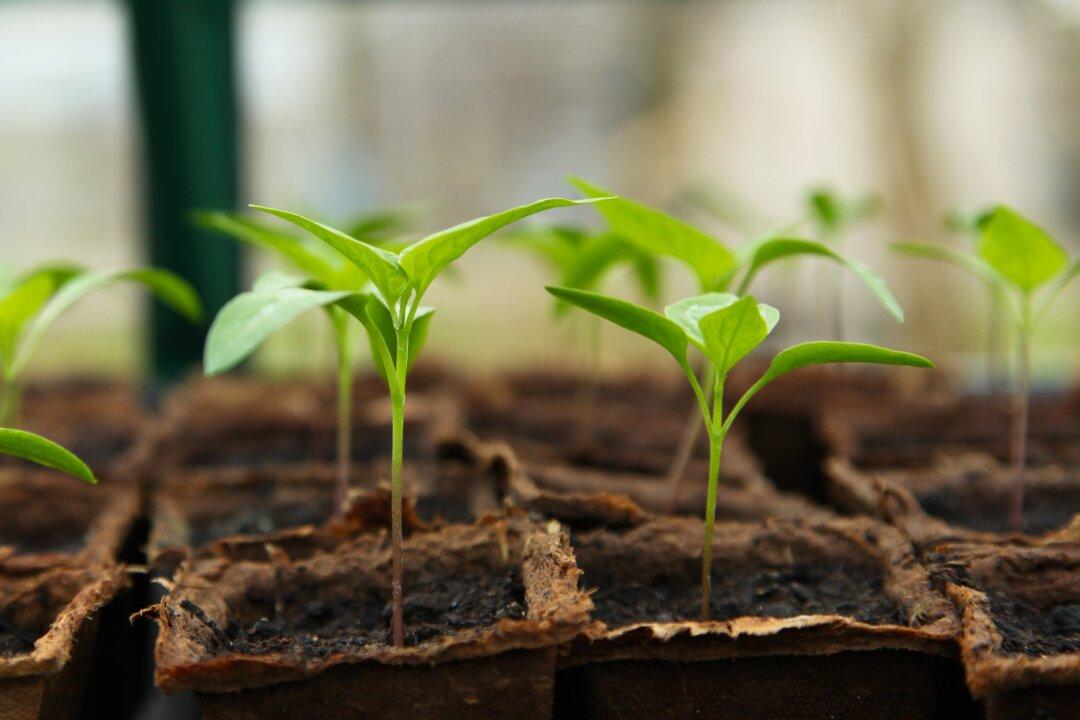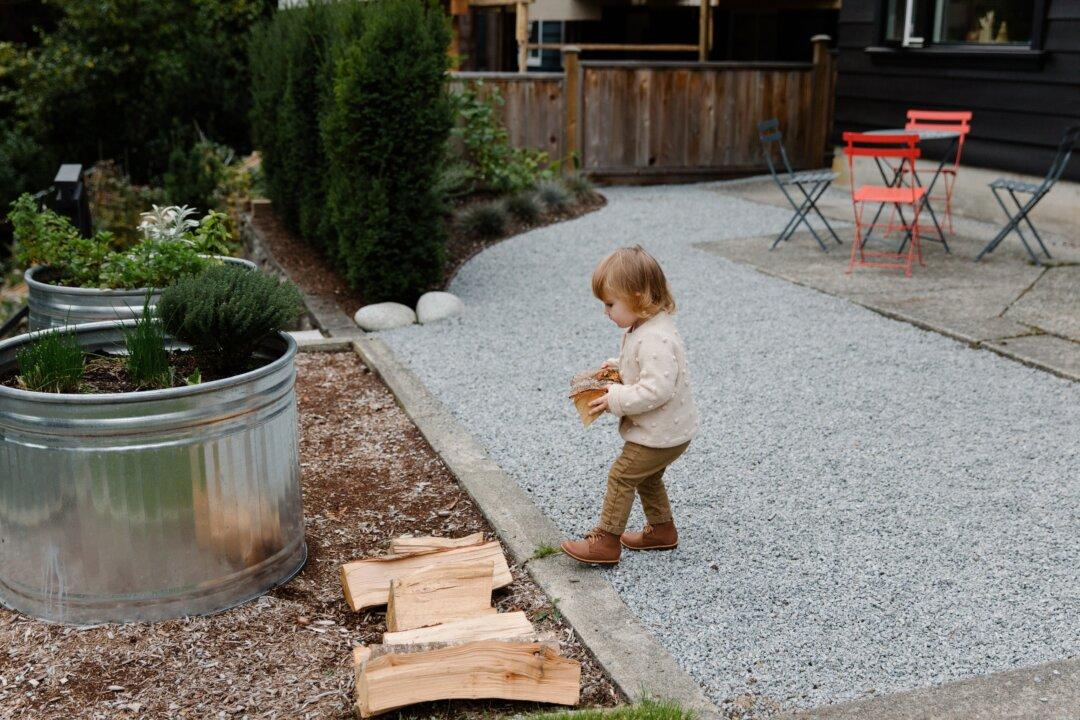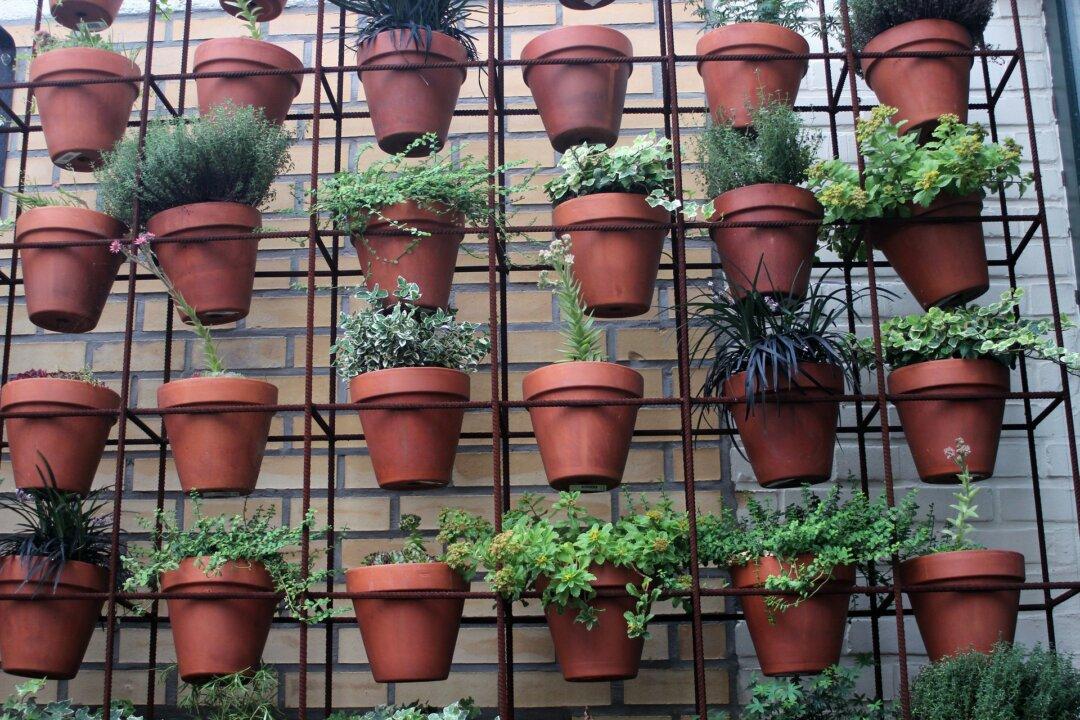For those who love gardening, nothing beats a few hours meandering the aisles of your favorite garden center. Down every row and around every corner, you discover beautiful blooms and lush greenery easily visualized in your own garden.
But those inspiring visits can quickly put a dent in your wallet. Buying bigger plants can be expensive. It can also turn your passion for gardening into a costly hobby. Knowing how to cultivate new plants from existing plants is a handy skill for any recreational gardener.





